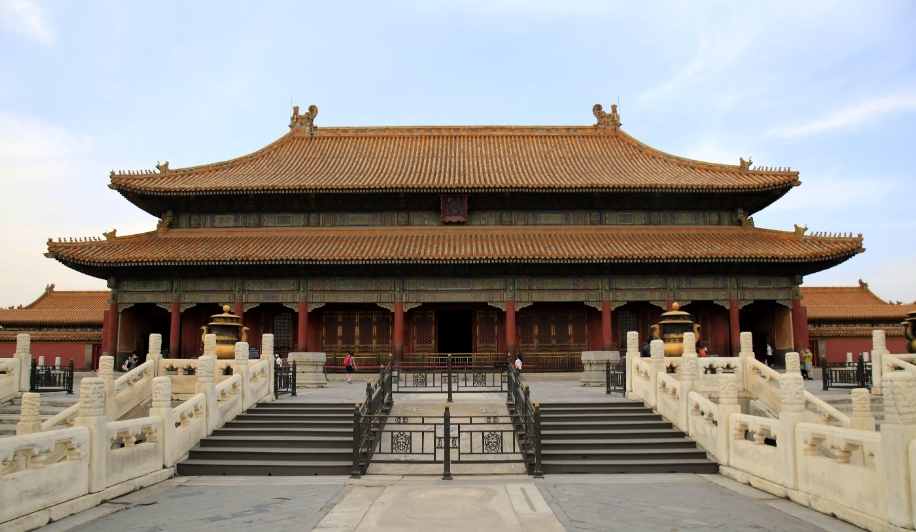
The Forbidden City: Why "Forbidden"?
Nestled in the heart of Beijing, the Forbidden City stands as a testament to China's imperial past. This sprawling complex of palaces, courtyards, and gardens, now known as the Palace Museum, was once the political and ceremonial center of the Chinese empire for over 500 years. But why is this architectural marvel called "forbidden"?
The answer lies in the city's history and its relationship with power. The name "Forbidden City" is a direct translation of the Chinese name "紫禁城" (Zǐjìnchéng), which literally means "Purple Forbidden City." This name encapsulates the city's exclusive and inaccessible nature during its time as the imperial palace.
-
Forbidden to Whom? Access to the Forbidden City was strictly controlled, reserved only for a select few. Commoners were entirely barred from entering, and even high-ranking government officials and members of the extended imperial family could only enter with special permission and for specific reasons. This strict regulation reinforced the emperor's absolute authority and the sacredness of his residence.
-
The Emperor's Domain: Within the Forbidden City's walls, the emperor reigned supreme. He alone had unrestricted access to every corner of the complex. This exclusive access further emphasized his status as the Son of Heaven, chosen by divine mandate to rule.
-
The Symbolism of Purple: The "Purple" in "Purple Forbidden City" holds symbolic significance. In ancient China, purple represented the North Star, known as the "Purple Star." This star was believed to be the celestial residence of the Celestial Emperor, the ruler of the heavens. By associating the emperor's residence with the color purple, the Forbidden City's name underscored the emperor's heavenly mandate and his position as the link between heaven and earth.
-
A City Within a City: The Forbidden City was not just a palace; it was a self-contained city within the larger city of Beijing. High walls and a moat physically separated it from the outside world, further emphasizing its exclusivity. This separation reinforced the idea that the Forbidden City, and by extension the emperor, existed on a different plane from the everyday lives of ordinary people.
Today, the Forbidden City is no longer forbidden. Its gates are open to all, welcoming millions of visitors each year who come to marvel at its architectural splendor and delve into China's rich history. However, the name "Forbidden City" remains, a potent reminder of the power dynamics and symbolism that shaped China's imperial past.
Q&A:
-
Q: When did the Forbidden City cease to be the emperor's residence? A: The last emperor of China, Puyi, was forced to abdicate in 1912, marking the end of the Qing dynasty and the Forbidden City's role as the imperial palace.
-
Q: What is the significance of the Forbidden City today? A: Now a UNESCO World Heritage site, the Forbidden City, or Palace Museum, serves as a vital cultural and historical landmark. It houses an extensive collection of Chinese art and artifacts, offering a glimpse into the country's imperial past.
-
Q: Why were commoners not allowed to enter the Forbidden City? A: The Forbidden City's exclusivity aimed to emphasize the emperor's absolute authority and the sacred nature of his residence. By restricting access, the emperor's power and the mystique surrounding his position were amplified.